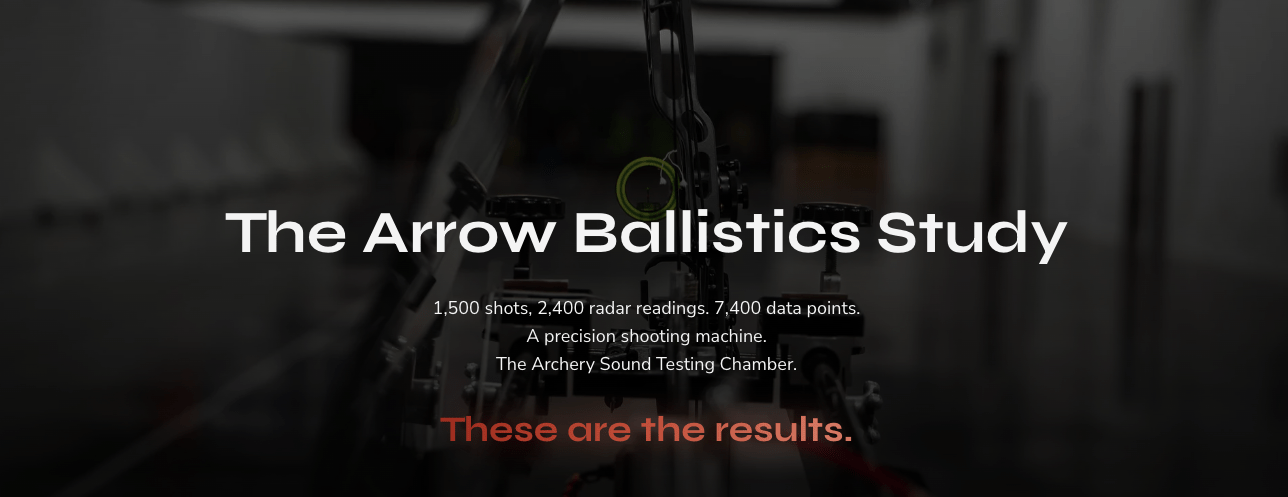Choosing the right bowhunting arrows has often come down to personal preference, experience, or brand loyalty. But what if there was a better way—one based on scientific data instead of opinion?
James Yates has launched a groundbreaking study to explore external ballistics—how arrows behave in flight. This effort aims to give bowhunters and target archers real, measurable insights into how arrow components affect performance. It’s a major step toward building arrows for specific purposes using facts, not just marketing claims or opinions.
James Yates, Hunting Editor at Western Hunter Magazine, explains the study’s purpose in detail:
“The purpose of this archery ballistics study is to gain a science-based understanding of the fundamental governing aspects of arrow external ballistics. In particular, to study how an arrow’s components (vanes, shaft diameter, shaft length, point tip type, etc.) affect ballistic properties such as aerodynamic drag and restorative lift (how an out-of-tune arrow corrects itself), and therefore, how an arrow build can be optimized for specific purposes, such as hunting different species (with different broadheads) and various target archery events. This study will provide a means to make unbiased arrow build recommendations based on science not opinion nor marketing.
Specifically, this study will provide insights to optimize arrows for their intended purpose by providing data to make sight tapes (arrow trajectory modeling) more accurate and easier to calculate; calculating an arrow drag coefficient for different arrow diameters and lengths; providing a science-based means to make fletching configuration recommendations for various purposes (field tip, mechanical broadhead, fixed blade broadhead). For example, this study will provide the data to recommend a minimum vane configuration to steer a fixed blade broadhead; or for mechanicals, the study can recommend a different vane configuration to minimize drag and maximize trajectory.”
— James Yates, Hunting Editor, Western Hunter Magazine

What Is External Ballistics in Archery?
External ballistics refers to how an arrow behaves after it leaves the bow. This includes how factors like drag, lift, and balance affect flight. Easton’s study looks at how the different components of bowhunting arrows—like vanes, shaft size, and broadhead type—contribute to stability and trajectory.
By understanding these elements, Easton aims to help archers choose the best arrow build for a specific hunt or competitive event.
Why This Study Matters for Bowhunting Arrows
This isn’t just lab work—it’s designed to help real hunters in real-world scenarios. With the findings from this study, archers will be able to:
- Create more accurate sight tapes
- Choose the right fletching for specific broadheads
- Understand how shaft size and length affect the drag of their bowhunting arrows
- Get unbiased arrow build recommendations based on data
This science-backed approach gives bowhunters more confidence when building setups for their bowhunting arrows.




